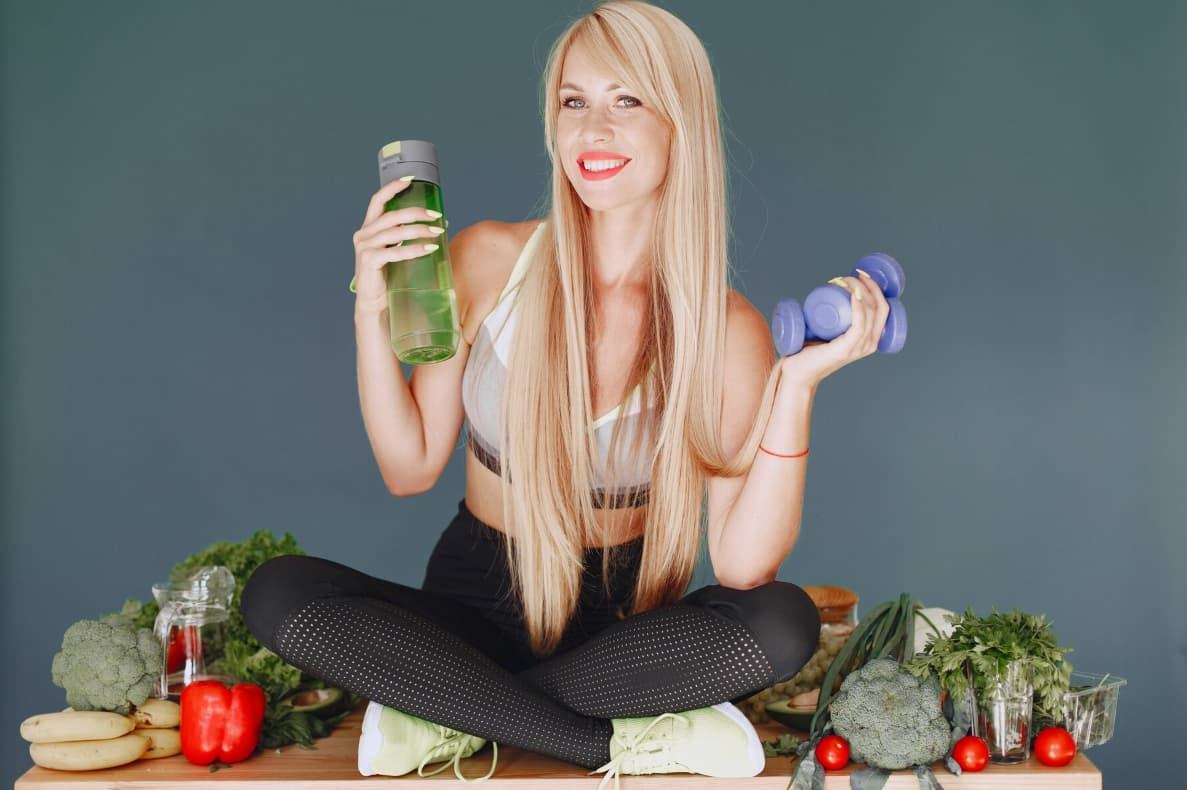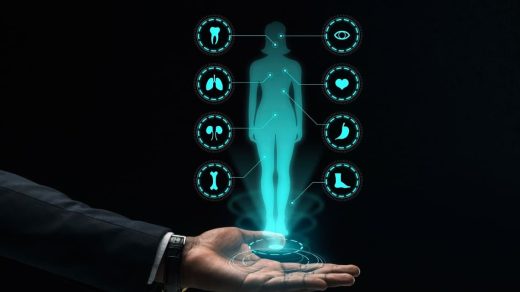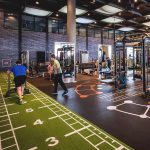Pilates is a fantastic workout that helps strengthen your core, improve flexibility, and boost overall fitness.
However, what you eat after your Pilates session is just as important as the workout itself.
Eating the right foods can help your body recover and promote muscle growth while consuming the wrong foods can hinder your progress and leave you feeling sluggish.
What Not to Eat After a Pilates Workout?

In this article, we’ll explore what NOT to eat after a Pilates workout and provide you with some healthy alternatives.
What You Must Avoid After a Pilates Workout?
-
Heavy Meals
After an intense Pilates session, your body needs time to recover. Consuming a heavy meal right after your workout can put additional stress on your digestive system, making you feel uncomfortable and bloated. Avoid foods that are high in fat, such as fried or greasy dishes, as they take longer to digest and can leave you feeling lethargic.
-
Sugary Snacks
While it may be tempting to reach for a sugary treat after your workout, it’s best to avoid them. Foods high in sugar can cause a rapid spike in your blood sugar levels, followed by a sudden crash. This can leave you feeling tired and hungry soon after eating. Instead, opt for snacks that contain complex carbohydrates and protein, such as a piece of fruit with nut butter or a small serving of yogurt with berries.
-
Carbonated Drinks
Carbonated beverages, such as soda or sparkling water, can cause bloating and gas. After a Pilates workout, your body is already working hard to recover, and adding carbonation to the mix can make you feel uncomfortable. Stick to plain water or herbal tea to stay hydrated and support your body’s recovery process.
-
Alcohol
While it may be tempting to celebrate your workout with a glass of wine or a beer, it’s best to avoid alcohol after Pilates. Alcohol can dehydrate your body, which is the opposite of what you need after a sweaty session. It can also interfere with your body’s ability to repair muscle tissue, hindering your recovery and progress.
Healthy Alternatives
Now that we’ve covered what NOT to eat after a Pilates workout, let’s explore some healthy alternatives that can support your body’s recovery and promote muscle growth.
| Food | Benefits |
|---|---|
| Lean protein (chicken, fish, tofu) | Helps repair and build muscle tissue |
| Complex carbohydrates (sweet potatoes, quinoa, brown rice) | Provides sustained energy and aids in muscle recovery |
| Fruits and vegetables | Rich in vitamins, minerals, and antioxidants that support overall health |
| Healthy fats (avocado, nuts, seeds) | Helps reduce inflammation and promotes satiety |
Here are some delicious and nutritious post-Pilates snack ideas:
- Greek yogurt with berries and a sprinkle of granola.
- Apple slices with almond butter.
- Hard-boiled egg with whole-grain crackers.
- Hummus with carrot sticks and cucumber slices.
- Smoothie made with banana, spinach, almond milk, and protein powder.
Remember, everyone’s nutritional needs are different, so it’s essential to listen to your body and choose foods that make you feel energized and satisfied.
Frequently Asked Questions
- How soon after a Pilates workout should I eat?
It’s best to eat a small snack containing protein and complex carbohydrates within 30 minutes to an hour after your Pilates session. This helps replenish your energy stores and supports muscle recovery.
- Can I eat a big meal after Pilates?
It’s best to avoid heavy meals immediately after a Pilates workout. Give your body time to cool down and recover before consuming a larger meal. Opt for a light snack instead and eat a balanced meal a few hours later.
- Is it okay to have a cheat meal after Pilates?
While it’s okay to indulge in a treat occasionally, it’s best not to make it a habit after your Pilates workouts. Consistently fueling your body with nutritious foods will support your fitness goals and overall health.
Conclusion:
Eating the right foods after your Pilates workout is crucial for supporting your body’s recovery and promoting muscle growth.
Avoid heavy meals, sugary snacks, carbonated drinks, and alcohol, and instead opt for lean protein, complex carbohydrates, fruits, vegetables, and healthy fats.
By fueling your body with nutritious foods, you’ll feel energized, recovered, and ready to tackle your next Pilates session.
Remember, everyone’s nutritional needs are different, so it’s essential to listen to your body and choose foods that make you feel your best.
With a balanced approach to nutrition and a consistent Pilates practice, you’ll be well on your way to achieving your fitness goals and improving your overall health and well-being.
Related Guides:
Sources:
- https://indianexpress.com/article/lifestyle/food-wine/pilates-food-to-eat-before-and-after-your-workout-7302949/
- https://www.rediff.com/getahead/report/health-what-not-to-eat-after-a-pilates-workout/20190409.htm
- https://healthcaredecoded.com/what-to-eat-before-after-your-pilates-workout/








